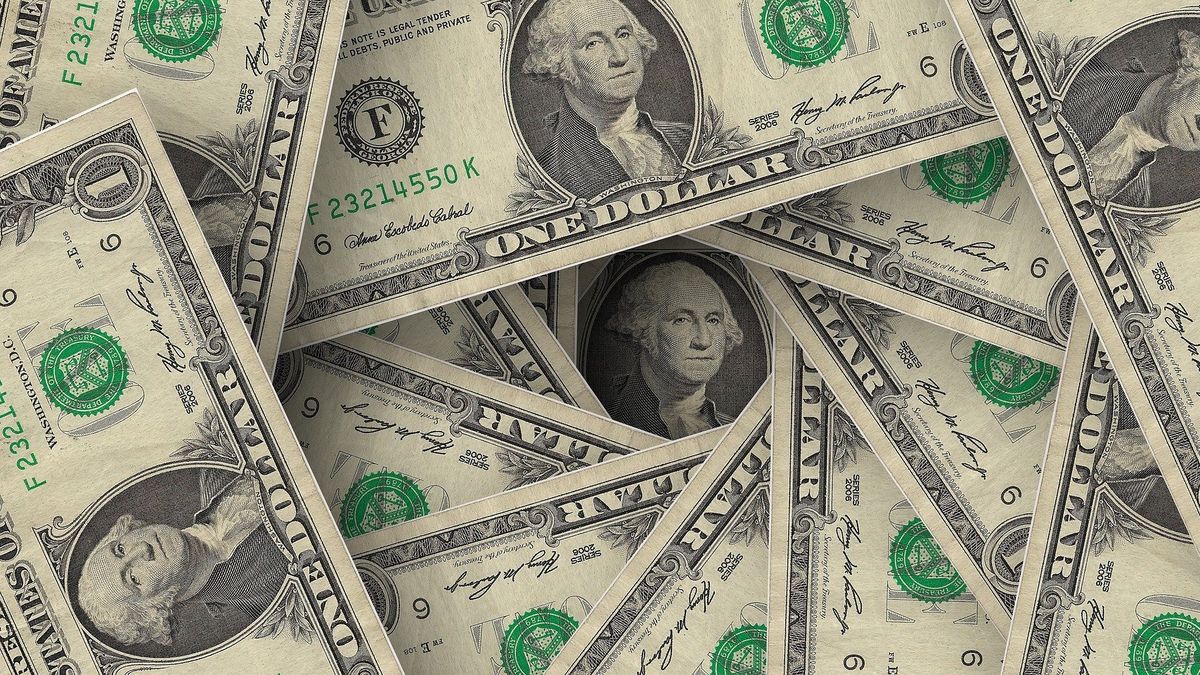REM2.jpg
Participants with the best scores in the REM. Source: BCRA
What data did the REM provide on Friday
One certainty that the latest report gave is that the projections for the Consumer Price Index (CPI) worsened. The 40 participants of the REM (including private banks and private universities in addition to consulting firms) calculated an inflation of 76% for all of 2022, 3.4 percentage points above the forecast of the previous survey. A reminder: these numbers closed at the end of June, therefore the resignation of Martín Guzmán is not contemplated.
Now, those who best forecast inflation for the short term (TOP-10) On average, they expect inflation to be 79.2% yoy (4.1 pp higher than the May survey).
REM analysts also revised their monthly projections for the dollar upwards. They forecast that the wholesale dollar will reach $159.60 per dollar in December 2022. Those who most accurately forecast this variable with short-term horizons projected the average nominal exchange rate for December 2022 to be $158.68.
Change of expectations for the second semester
In a new context, Soledad Pérez Duhalde Director of ABECEB He spoke with this medium and made a first analysis of the two key variables for the economy: the dollar and inflation. “Our economic outlook changed: greater inflationary risk and greater devaluation risk. In fact in July we are going to see a jump, we are going to have very high inflation. At the moment it is the scenario that we are going to maintain until the days go by and we see the future. Undoubtedly there will be a certain acceleration and the impact on price increases and therefore on the gap. Our conclusion is that the gap will be greater and that is going to force you or not to make an adjustment in exchange matters.”
“We have an expected devaluation between 65% and 70%. Only if the agreement with the IMF is maintained and you don’t lose control of the fiscal deficit and the issue,” he added. In principle, the economist stressed regarding the dollar that the Government has some alternatives left to avoid an exchange rate jump of between 20% and 30%: “You have margin because the prices of commodities are still high, you have the stocks and you could have the agreement with the IMF as an “anchor” so as not to lose control of the fiscal deficit Obviously, if you do not resort to these tools, the probability of a devaluation jump is greater and the most likely thing is that you will have an inflation closer to three digits than to two “. Initially, the analyst He stressed that there will be greater exchange control.
“The nervousness in the markets has to do with the government, not only with the departure of Guzmán. Silvina Batakis has a profile that does not dispel uncertainty. You have a huge macro problem, of disembedding expectations, what would have been key was the appointment with someone of higher technical level at a technical and international relations level to be able to anchor expectations and generate a certain confidence, something that we were far from doing”, he sentenced. In that sense, he considered that one of the economic policy tools to moderate tensions will be a higher rate hike “We raise the expectation of a rate hike, they are one of the few tools it has. The Government is going to want to delay as much as possible a devaluation jump due to the implications it has in terms of inflation and social matters. It is still the mix that we expected before: stocks and rates, but given the situation of uncertainty now that is more exponential.”
For now, the consultant’s projections were as follows:
- Dollar as of December 2022: $160 per dollar (wholesale exchange rate)
- Inflation: between 85% and 90%
- Exchange rate gap: 100% floor with recurring spikes
- Rates around 60% at the end of the year
- GDP: 3%.
On the other hand, we talk to Agustín Berasategui, economist representative of the consulting firm ACM which analyzed the departure of Martín Guzmán and the reaction of the markets. “What we have is that Guzmán’s departure generated a climate of uncertainty. Already when he announced his resignation, the markets responded and it was not good. There you can read that regarding a mistrust that exists about the policies that are going to be implement. The minister spoke of fiscal balance and seems to be committed to the agreement with the IMF, we are going to see empirically how that is verified as the months go by. On the other hand, these days there was news that there were businesses where there were none. sales prices and others where increases of the order of 20% were seen preventively. There it is logically shown that this affected expectations and the lack of confidence generated a preventive remark. “
“We are still adjusting projections because there are no great definitions in the economic field, when we see the course a bit we will have more definitive numbers. But if we expect July to be the highest inflation so far this year.
Before Guzmán’s departure, ABM forecast a dollar around $160 per wholesale dollar. Given the new context, the economist anticipated two different pressures that will affect the currency. “We see two different pressures: on the one hand, devaluation pressure, which is manifested by the exchange rate gap and high inflation. And on the other hand, greater restrictions that will try to cushion the loss of reserves.”
What alternatives does the Government have to avoid a jump in the exchange rate? according to Berasategui’s perspective, “the government is trying to avoid devaluation. They can delay it, I don’t know how long and at a certain point At some point, the official dollar will have to be adjusted due to the situation. But it is becoming increasingly difficult to close the gap. Perhaps there will not be a strong devaluation, perhaps they could accelerate the rate of monthly devaluation and not that it be something abrupt. But it is an alternative. Fulfilling the agreement with the Fund and meeting the goals are a key point to be able to generate trust”.
Finally, regarding the projection of inflation“we have a projection of 74.3% and now we are expecting a floor of 80% by the end of the year“Other variables that are analyzed in the REM are the rise in rates and economic activity. For the analyst, the Government must validate more rates: “positive real rates are going to have to be a fundamental factor, the market is waiting for that”. Regarding economic activity, he developed: “In the second and third quarters we expected a slight drop in economic activity and then what is the annual projection we estimate a growth of 2.5%”. But he warned: “Uncertainty can lead to a change in these variables“.
Source: Ambito
David William is a talented author who has made a name for himself in the world of writing. He is a professional author who writes on a wide range of topics, from general interest to opinion news. David is currently working as a writer at 24 hours worlds where he brings his unique perspective and in-depth research to his articles, making them both informative and engaging.




